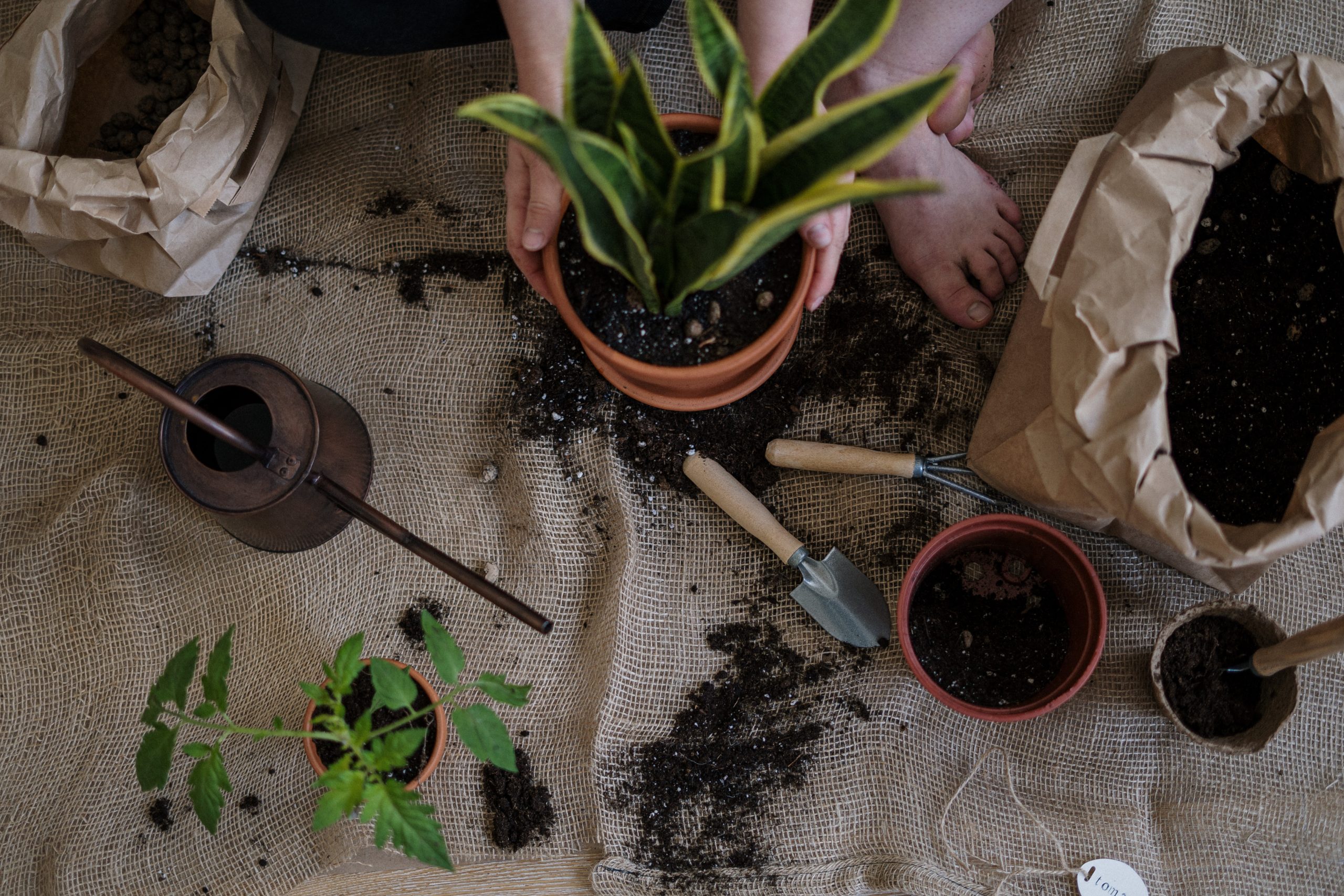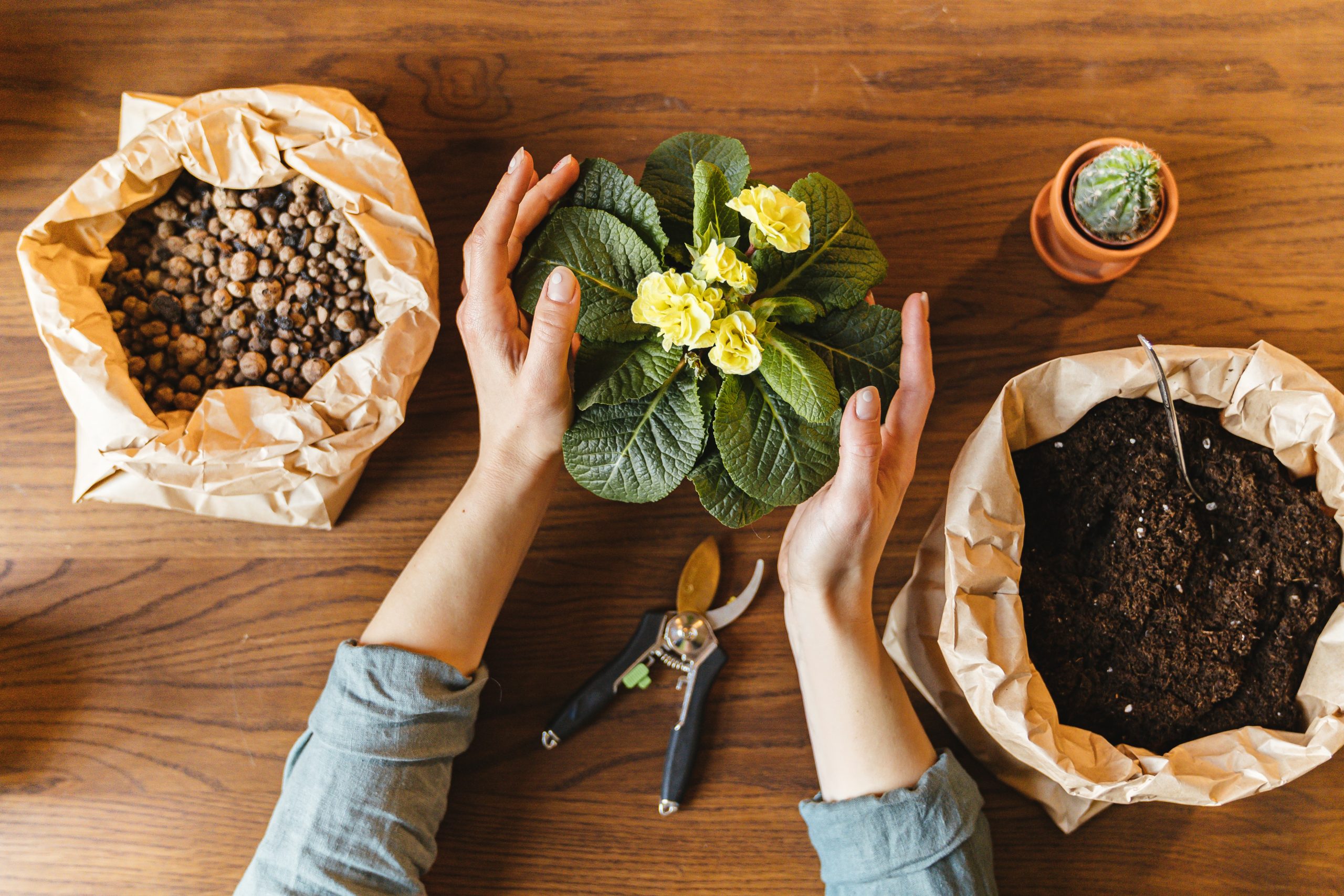Horsetail (Equisetum hyemale), often known as rough horsetail or scouring rush, is an evergreen plant with no flowers. Instead, it has vertical green stems with horizontal bands, like bamboo, but they’re thinner and higher, like ornamental grass. Horsetail reproduces through spores rather than seeds and underground rhizomes, similar to ferns.
Equisetum hyemale
Equisetum is derived from the Latin words equus, which means “horse,” and seta, which means “bristle.” It alludes to the general look of plants of this genus and their rough, bristly texture. At the same time, hyemale refers to winter, which implies its tendency to remain evergreen in warmer environments.

Horsetail Plant Care
Horsetail is far from a delicate plant. It is sometimes more difficult to confine than to grow; it has a strong tendency to spread and produce a monoculture. The spreading potential of horsetail, on the other hand, is helpful if you want the plants to fill an area that is unfriendly to most other species.
Install plastic barriers in the soil to keep horsetail planted in the ground under control, just like you would for invasive bamboo. Growing the horsetail in a deep pot buried in the earth is another option. Containment will be difficult, though, because horsetail spreads through spores as well.
Light
Horsetail is a light-loving plant that thrives in a wide range of light conditions, from full sun to moderate shade. It does, however, enjoy the filtered shade, such as that found beneath large trees on the forest floor.
Soil
Horsetail grows best on poor, sandy, gravely soil that gets a lot of rain. When growing horsetail in a container, you can add gravel or sand to the potting mix to give it the texture it prefers.
Water
Horsetail prefers soil that is at least fairly damp when it comes to moisture. It can even grow up to a depth of four inches in standing water. As a result, it’s ideal for rain gardens and other regions that may flood on occasion. Horsetail should be irrigated constantly and never allowed to dry up due to its love of water and damp soil. In hotter climates, this may even necessitate daily watering.
Temperature and Humidity
Horsetail plants grow in a wide range of temperatures and prefer high humidity for several hours each day. The plant is hardy in USDA zones 4 to 9, so winter care isn’t necessary; however, the vivid green of the stems may fade in particularly harsh winters.
Fertilizer
Horsetail plants do not require fertilization because they do not prefer extremely rich or fertile soil.
Keeping Horsetails in Under Control
Horsetail is simple to grow, but its underground rhizomes make it difficult to restrict it from spreading into undesirable locations. In addition, it’s very tough to eradicate once it’s formed, so it’s better to keep it contained with some barrier.
Growing it in a pot or planter is the simplest approach, we might add that they’re quite a popular plant for container gardening. You can also erect an underground barrier around it, similar to those used to keep bamboo under control.
Planting horsetail on an island within a concrete patio is another popular approach; it has a very modernist aspect in this setting and cannot escape into the rest of the landscape.

Horsetail Oil
Horsetail oil is an extracted oil, not an essential oil. It is extracted straight from the horsetail plant using a cold-pressing method or soaking the plant in water or oil to make a tincture. It is usually taken as a supplement to improve hair conditions and promote growth.
It strengthens and enhances the suppleness of hair fibers, aids in regulating the hair growth cycle, and lowers inflammation. Taking horsetail oil also improves cell turnover on the scalp to promote healthy hair growth.
Horsetail Tea
Horsetail tea is a great way to detox your body and strengthen your bones, but it does have some potential adverse effects that you should be aware of.
The tea is made from the dried leaves of Equisetum, the last genus of an ancient vascular plant family. Horsetail tea is high in silica, calcium, magnesium, iron, potassium, selenium, zinc, manganese, and iron. It also contains various vitamins, antioxidants, fatty acids, saponins, and sterols, all of which have different effects on health.
Here’s a simple recipe for horsetail tea you can try at home.
Ingredients:
- 2-3 tsp dried horsetail
- 2 cups hot water
- Honey or sweetener of your choice
Instructions:
- Bring a kettle of water to a boil to create horsetail tea.
- In a teapot, add 2-3 tablespoons of dried horsetail.
- Over the dried leaves, pour the hot water.
- Allow 8-10 minutes for the tea to steep
- Strain the tea, flavor it with honey or any other sweetener of your choice, and enjoy your cup of tea.

Horsetail Benefits
The horsetail plant has a variety of valuable compounds that have a range of health benefits. Antioxidants and silica stand out among these.
Antioxidants are chemicals that help your body combat free radicals and prevent cell damage. Silica, on the other hand, is a silicon-oxygen combination. Horsetail’s potential advantages for skin, nails, hair, and bones are thought to be due to this compound.
Horsetail is most commonly ingested as a tea created by steeping the dry herb in hot water. However, it is also available as a pill or a tincture.
Horsetail has been used as a herbal treatment for thousands of years, and current scientific data supports the majority of its potential advantages.
Bone Healing
Horsetail has been shown in studies to help in bone healing.
Bone cells called osteoclasts and osteoblasts constantly remodel your bones through bone metabolism to avoid imbalances that can lead to brittle bones. Osteoblasts are responsible for bone formation, while osteoclasts are responsible for bone resorption.
Horsetail appears to inhibit osteoclasts and activate osteoblasts in test tubes. This shows that it could benefit bone illnesses such as osteoporosis, caused by overactive osteoclasts, resulting in brittle bones.
Horsetail’s bone-remodeling action, according to researchers, is primarily attributable to its high silica content. Silica accounts for up to 25% of its dry weight. No other plant has a higher concentration of this mineral than this one.
By promoting collagen synthesis and improving calcium absorption and usage, silica, also found in bones, promotes bone and cartilage tissue development, density, and consistency.
Natural Diuretic
Diuretics are substances that cause your body to excrete more urine. Horsetail’s diuretic action is one of the fern’s most sought-after folk medicine characteristics.
A study of 36 healthy males found that daily ingesting 900 mg of dried horsetail extract in capsule form had a more effective diuretic effect than traditional diuretic medicine. The plant’s high antioxidant and mineral salt concentrations were credited with this.
While these findings are encouraging, existing research is limited.
Promotes the Healing of Wounds
Horsetail ointment appears to enhance wound healing when applied topically.
Researchers also conducted a 10-day trial in 108 postpartum women who had an episiotomy during delivery — a surgical cut to facilitate childbirth. They found that using an ointment containing 3% horsetail extract aided wound healing and pain relief.
In addition, when compared to a control group, wound redness, edema, and discharge improved dramatically. Scientists credited the silica concentration of the plant for these beneficial effects.
Nail Health
Horsetail extract can also be used in nail polish to treat nail psoriasis. Psoriasis is a skin ailment that produces abnormalities in the nails.
According to one study, applying a nail lacquer containing a blend of horsetail extract and other nail-hardening chemicals reduced the appearance of nail psoriasis.
Hair Growth
According to research, horsetail may also improve your hair, thanks to its silicon and antioxidant content.
To begin with, antioxidants aid in the reduction of micro-inflammation and free radical-induced aging of hair fibers. Second, hair fibers with a higher silicon concentration have a reduced rate of hair loss and have a brighter appearance.
A three-month study found that taking two daily capsules containing dried horsetail and other components enhanced hair growth and strength. This is compared to a control group in women with self-perceived hair loss. Other studies that looked at the effect of different mixes comprising horsetail-derived silica came with similar conclusions.
However, research on horsetail’s effects alone is currently restricted because most studies focus on various hair growth components.
Relief from Inflammation
If you routinely experience uncomfortable swelling and inflammation in various parts of your body. Whether due to an injury, arthritis, gout, or any other ailment, including horsetail tea or supplements in your health regimen can be highly beneficial. This herb’s analgesic and anti-inflammatory components can help you fast recover from your symptoms and get back on your feet.
Ease Respiratory Problems
If you have respiratory problems, such as congestion or repeated colds, horsetail tea can help. It works as an expectorant, removing mucus and phlegm from the respiratory tract, where germs can lodge and increase, strengthening the immune system and reducing inflammation, resulting in respiratory comfort.
Precautions
Horsetail does have some side effects, but they usually appear after you’ve been taking it for more than two months. Preparation is the primary source of safety problems with this plant. Because of its high silica concentration, chewing the raw plant can wear down the teeth.
A chemical called thiaminase is also present in the fresh plant. This chemical can deplete the body’s supply of thiamine, a B vitamin. However, this is usually only an issue with long-term excessive intake and can generally be counteracted by a balanced diet rich in B vitamins. Heating or drying can also deactivate thiaminase.
Horsetail is not recommended for alcoholics, pregnant, or breastfeeding. Diabetics and those using prescription drugs are also advised to check their healthcare practitioner before using this herb.
Conclusion
Horsetail is a very low-maintenance plant. However, because it’s so widespread, you can end yourself with the opposite problem: difficulty controlling the plant. You can easily solve this by placing it in a container.
While it is not recommended to grow horsetail indoors, this is due to the plant’s quick-spreading nature and demand for ample and consistent water. It is still possible.
It has been used for thousands of years to treat various ailments and is frequently seen in products that claim to promote hair growth or bone health. However, there is little evidence suggesting that it can treat medical disorders or be safe to use. In addition, the Food and Drug Administration has not approved horsetail to treat any medical ailments.
Have you ever tried growing horsetail or used a product with horsetail as an ingredient? How did it go?
Sources:
- https://thegrownetwork.com/equisetum-hyemale-horsetail-benefits/
- https://www.thespruce.com/horsetail-plant-aggressively-spreading-weed-4125786
- https://www.healthline.com/nutrition/horsetail
- https://www.indigo-herbs.co.uk/natural-health-guide/benefits/horsetail
- https://www.organicfacts.net/health-benefits/herbs-and-spices/horsetail.html
- https://www.organicfacts.net/horsetail-tea.html
- https://www.verywellhealth.com/horsetail-4692253









